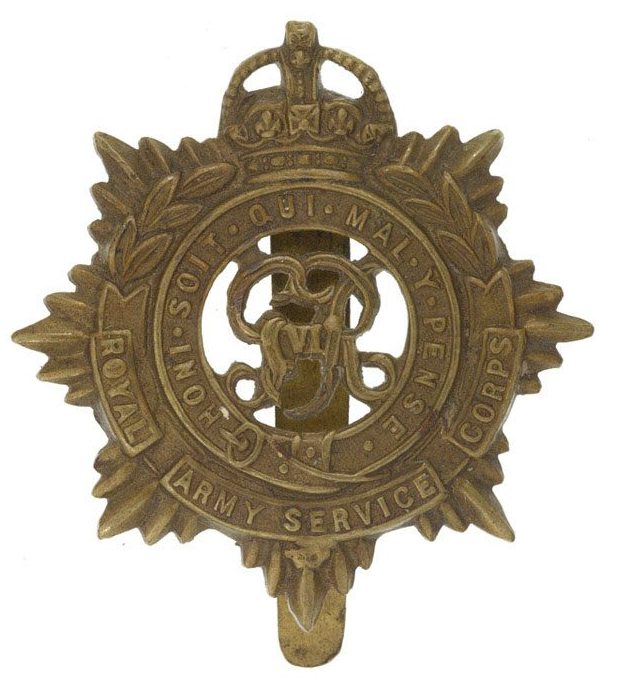Personal Details
Born: 25 November 1886 in Whitchurch, Shropshire and baptised 10 December the same year in St. Alkmund’s Parish Church. His surname was also spelled Ellesley.
Family: He was the youngest of seven children born to James Elsley, an iron founder’s labourer, and his wife Elizabeth. He married Winifred M Debanks in 1952 in Whitchurch; no children can be traced for this marriage.
Residence: He lived at 30 Yardington, Whitchurch until at least 1939; his address at the time of his death was 21 Yardington.
Employment: In 1911 he was a furniture porter; on enlistment in 1915 he stated his occupation as loader. In 1939 he was a house painter; the 1939 Register indicates he was a member of the ARP (decontamination squad) for Whitchurch Urban area.
Died: In 1972 at the I.E.T. Hospital, Shrewsbury, aged 85, and was buried on 1 March the same year in Whitchurch cemetery.
Military Details
Regiment: Royal Army Service Corps (previously King’s Shropshire Light Infantry)
Rank: Private
Service Number: T/389302 (previously 22429)
Date of Enlistment: 10 December 1915
Date of Discharge: Not known
Reason for Discharge: Not known
Arthur was awarded the Campaign Medals (British War Medal, and Victory Medal)

The British War Medal (also known as 'Squeak') was a silver or bronze medal awarded to officers and men of the British and Imperial Forces who either entered a theatre of war or entered service overseas between 5th August 1914 and 11th November 1918 inclusive. This was later extended to services in Russia, Siberia and some other areas in 1919 and 1920. Approximately 6.5 million British War Medals were issued. Approximately 6.4 million of these were the silver versions of this medal. Around 110,000 of a bronze version were issued mainly to Chinese, Maltese and Indian Labour Corps. The front (obv or obverse) of the medal depicts the head of George V. The recipient's service number, rank, name and unit was impressed on the rim.
The Allied Victory Medal (also known as 'Wilfred') was issued by each of the allies. It was decided that each of the allies should each issue their own bronze victory medal with a similar design, similar equivalent wording and identical ribbon. The British medal was designed by W. McMillan. The front depicts a winged classical figure representing victory. Approximately 5.7 million victory medals were issued. Interestingly, eligibility for this medal was more restrictive and not everyone who received the British War Medal ('Squeak') also received the Victory Medal ('Wilfred'). However, in general, all recipients of 'Wilfred' also received 'Squeak' and all recipients of The 1914 Star or The 1914/1915 Star (also known as 'Pip') also received both 'Squeak' and 'Wilfred'. The recipient's service number, rank, name and unit was impressed on the rim.

